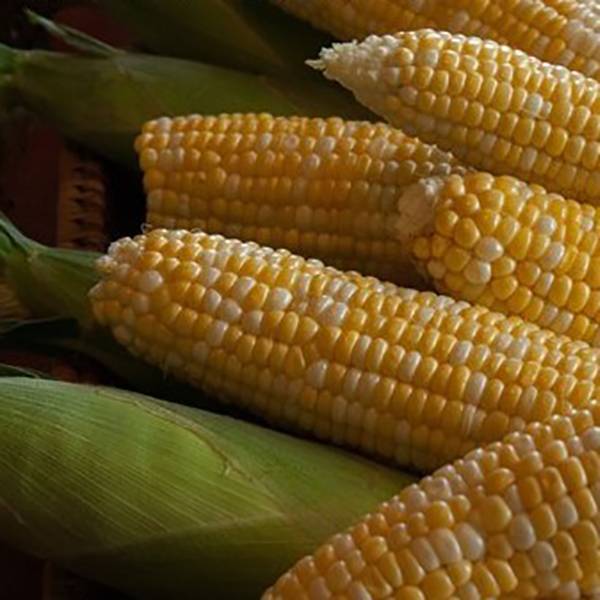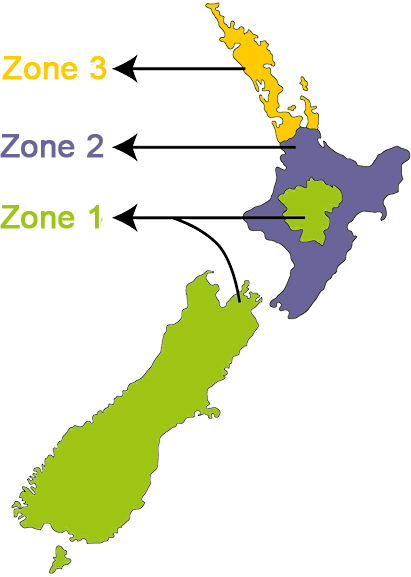
Growing Guide
Full sun.
2cm
50-100cm
100cm
100-200cm2
4cm
Directly sown
7-15
90-112
For early plantings, sow seeds only 1 inch deep; in the hot weather of midsummer, plant them up to 2 inches deep.
The average germination rate for sweet corn is about 75 percent, so plant three seeds together every 7 to 15 inches
Three weeks after corn silks appear, start checking ears for peak ripeness.
Pull back part of the husk and pierce a kernel with your thumbnail.
If milky liquid spurts out, the ears are at prime ripeness — rush those ears to the table, refrigerator, or freezer.
Ears on the same stalk usually ripen a few days apart.
Completely dry silk or a yellow or faded-green sheath means the ear is past its prime.
Watch for the seed corn's ear husks to begin to dry and turn brown.
Harvest the ears on the next dry day and before the first frost.
Pull each ear from the plants, pile the ears in a large basket, and carry the basket into your garage or other sheltered areas.
Pull back the husks of each ear to expose the kernels.
Use the husks to braid three or four ears together in a bunch.
Repeat the procedure until all the seed corn is bunched.
Hang the bunches in a room where the air is dry and warm but not too hot.
Air-drying the corn kernels helps to prevent mold.
Check the dried ears three months later for off-color kernels that could indicate bad or cross-pollinated corn.
Remove these kernels and throw them away; if one ear has many off-color kernels, remove and dispose of the entire ear.
Shell the kernels from the remaining ears.
Use one hand to hold an ear over a large bowl and twist off the kernels with your other hand.
Continue twisting until all the kernels have fallen into the bowl.
The kernels will be very wrinkled.
Transfer the kernels into a rodent-proof container.
A large glass jar or metal canister works well.
Store the container in a dry, cool area until planting time, after the ground warms.

Zone 1 - Cool
October , November , December
Zone 2 - Temperate
September , October , November , December
Zone 3 - Subtropical
January , February , July , August , September , October , November , December